How to Cook Pasta in the Microwave
How to Cook Pasta in the Microwave: Comprehensive Guide to Fast, Flavorful Results
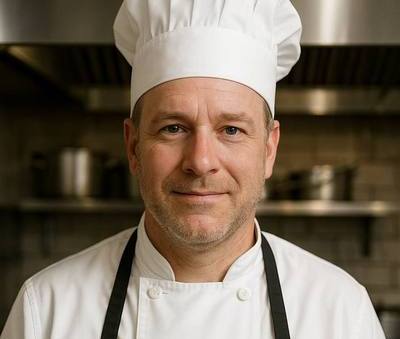
As a professional chef, I usually turn to stovetops or burners when I want perfect pasta—but there are times when the microwave offers something no other method does: speed, precision for single portions, and minimal cleanup. Whether I’m testing quick meal ideas, prepping a snack between services, or developing recipes for people without full kitchens, I’ve come to respect the microwave for what it is: a surprisingly effective tool when used with intention.
- Why I Sometimes Cook Pasta in the Microwave
- How Pasta Cooks and Why Microwave Timing Matters
- Choosing the Right Pasta Shapes for Microwave Cooking
- Essential Ingredients and Tools for Cooking Pasta in Microwave
- Cooking Dry Pasta in the Microwave: Water Ratios and Time Control
- How to Make One-Pot Pasta Meals in the Microwave
- Microwaving Fresh or Pre-Cooked Pasta
- Time and Temperature Table for Microwave Pasta Cooking
- Cooking Pasta in Pressure Cooker, Skillet, and Oven
- Common Microwave Pasta Mistakes and How to Prevent Them
- Best Sauces for Microwave-Cooked Pasta
- Ideal Seasonings and Flavor Boosters
- Creative Pasta Recipes Using Microwave Cooking
- Diet-Friendly Variations: Whole Wheat, Lentil, and Gluten-Free
- Microwave Pasta Meal Ideas for Every Time of Day
- How to Plate and Serve Microwave Pasta Like a Chef
- FAQ: 15 Questions About Cooking Pasta in the Microwave — Answered by a Chef
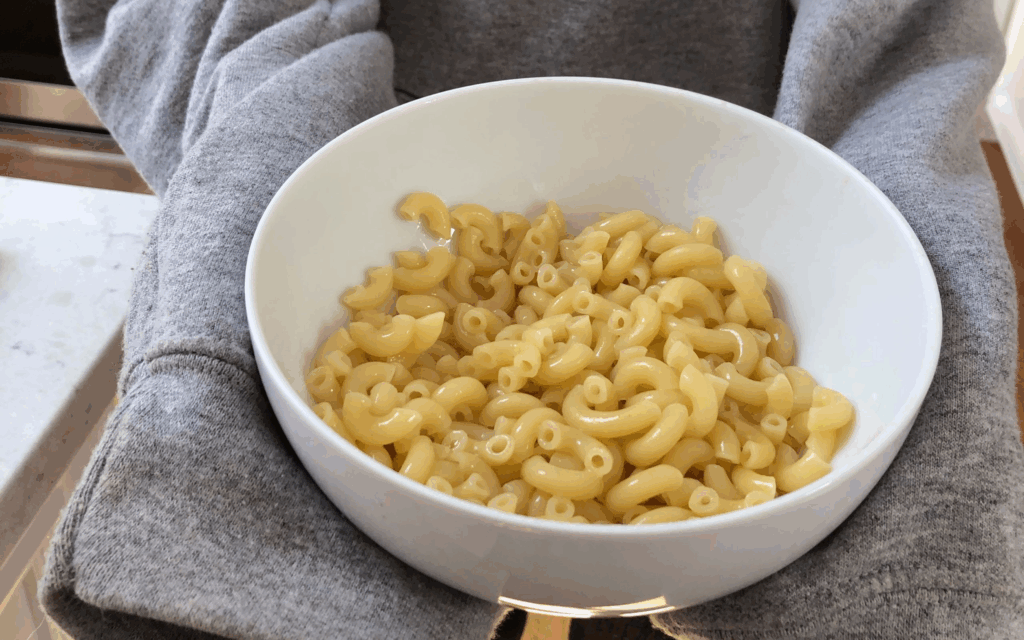
Why I Sometimes Cook Pasta in the Microwave
Microwave pasta cooking is perfect for college students, office lunches, late-night meals, or anyone working with limited space. You don’t need a colander, a giant pot, or even a stove. With the right container, water ratio, and timing, you can cook al dente pasta in under 15 minutes—from dry to fork-ready. And once you understand how the heat works, you can get creative with sauces, seasonings, and full one-pot meals.
I’m not replacing traditional methods—but I do believe every serious home cook should know how to cook pasta in a microwave properly. It’s fast, efficient, and when done right, every bit as satisfying.
How Pasta Cooks and Why Microwave Timing Matters
Cooking pasta is fundamentally about hydrating starch and denaturing proteins. When pasta meets boiling water, the starches absorb moisture and soften while releasing a bit of surface gluten. In the microwave, this process still happens—but it depends entirely on consistent energy, proper water coverage, and occasional stirring.
Microwaves heat unevenly unless managed carefully. That’s why timing in bursts and stirring midway is critical. If you dump dry pasta into a mug and hit “5 minutes,” you’ll likely end up with crunchy spots, starchy foam, and stuck noodles. But when you add the right water ratio, choose a container that allows boiling and expansion, and stir partway through, you mimic stovetop behavior surprisingly well.
Different shapes behave differently: thinner noodles cook faster, while thicker cuts need a soak before microwaving or longer bursts. Understanding these variables lets me get restaurant-quality texture from a microwave in a matter of minutes.
Choosing the Right Pasta Shapes for Microwave Cooking
Not all pasta is created equal when it comes to microwave cooking. From experience, I’ve found that short, compact shapes work best. Think penne, macaroni, rotini, shells, or farfalle. These absorb heat evenly and don’t require stirring to keep from clumping.
Long noodles like spaghetti or linguine can work, but they require a wider container and often need to be broken in half or pre-soaked to prevent uneven texture. If you want to cook them intact, you’ll need to stir more frequently or microwave in stages.
Whole wheat or gluten-free pasta behaves differently too. Whole wheat tends to take longer and needs slightly more water, while gluten-free (especially corn or rice-based) can overcook quickly and fall apart if not closely monitored. I treat these like risotto: low and slow, with more checks.
When I’m developing quick recipes for clients or testing meal-prep kits, I always default to short, dry pasta shapes with reliable cook times. They’re consistent, microwave-friendly, and forgiving.

Essential Ingredients and Tools for Cooking Pasta in Microwave
- ¾ cup to 1 cup dry pasta (short shape preferred)
- 1½ to 2 cups of water (depending on shape and dish size)
- ½ teaspoon kosher salt
- Optional: ½ teaspoon olive oil or butter (to prevent sticking)
- Microwave-safe deep bowl, wide mug, or container (ceramic or glass)
- Fork or spoon for stirring
- Microwave-safe lid or vented plastic wrap
These are the only essentials I use when teaching microwave pasta basics in classes or meal kits. The rest—sauce, toppings, garnish—comes after.
Cooking Dry Pasta in the Microwave: Water Ratios and Time Control
This is where microwave pasta cooking can either succeed or fail. Getting the water-to-pasta ratio right is what makes it work. I use a ratio of about 2:1 (water to pasta by volume). For 1 cup of dry pasta, I use roughly 2 cups of water to ensure coverage and room for expansion.
I place the pasta and water in a deep, microwave-safe bowl. I stir in salt and a touch of oil to help season and separate the noodles. Then I microwave on high power for 2 minutes at a time, pausing to stir and check doneness every 2 minutes. For most shapes, 6 to 10 minutes total yields a perfect al dente bite.
Once the pasta is cooked, I drain excess water carefully—or in some cases, leave a tablespoon of starchy water in the bottom to bind with sauce. I never fully dry it out; that liquid carries flavor and emulsifies sauces beautifully.
The key is stirring and watching—just like stovetop pasta. If you ignore it, it’ll foam over or cook unevenly. If you manage it, it’s perfect every time.
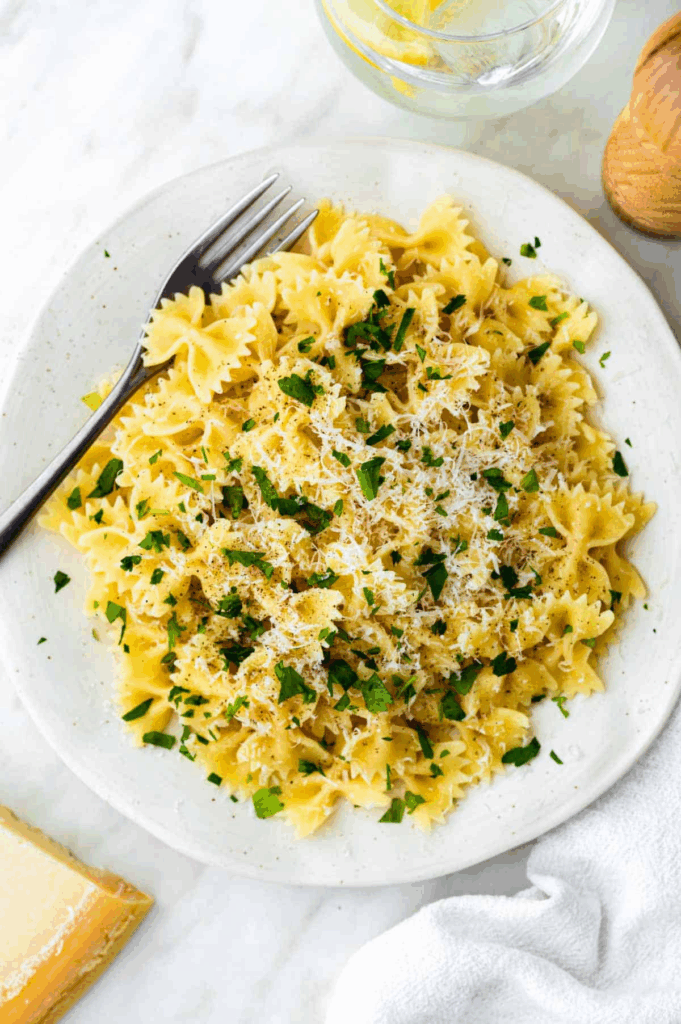
How to Make One-Pot Pasta Meals in the Microwave
One of my favorite uses for microwave pasta is creating all-in-one meals in a single bowl. When I’m testing recipes for solo diners or quick lunch solutions, I cook the pasta with vegetables, broth, and sauce components together, letting the microwave do double duty.
I use a large, deep bowl to hold everything. First I add the dry pasta and water, just enough to submerge the pasta by about ½ inch. Then I layer in diced vegetables—zucchini, peppers, mushrooms—on top. For cream-based sauces, I stir in a splash of milk. For tomato-based, I spoon sauce on top and let it settle into the cooking liquid.
I microwave the mixture in 2-minute intervals, stirring halfway. By the end of 8–10 minutes, the pasta is tender, the veg is steamed, and the sauce is naturally thickened by the starch.
I season at the end with salt, olive oil, herbs, and a grating of cheese. One bowl, no strainer, no separate sauce pan. It’s not just convenience—it’s a legit cooking technique I use when space or time is tight.
Microwaving Fresh or Pre-Cooked Pasta
Fresh pasta is much softer and cooks faster in any method, including the microwave. I treat it more like reheating than true cooking. I add just enough water to cover the bottom of the bowl (1–2 tablespoons), place the fresh pasta on top, cover loosely, and microwave on medium-high for 60–90 seconds.
If I’m reheating pre-cooked pasta, I always add a splash of water or sauce, then cover. Without moisture, the pasta dries and becomes tough or chewy. I use 50–70% power, which allows for gentle reheating without breaking the pasta’s structure.
For dishes like lasagna or baked ziti, I cover them with a wet paper towel and microwave for 2–3 minutes, letting them rest afterward to redistribute heat.
I’ve found that even delicate pastas like tortellini or ravioli microwave well if covered properly and not overcooked. When reheated with sauce and a finish of herbs or cheese, you can’t tell it was made in a microwave at all.
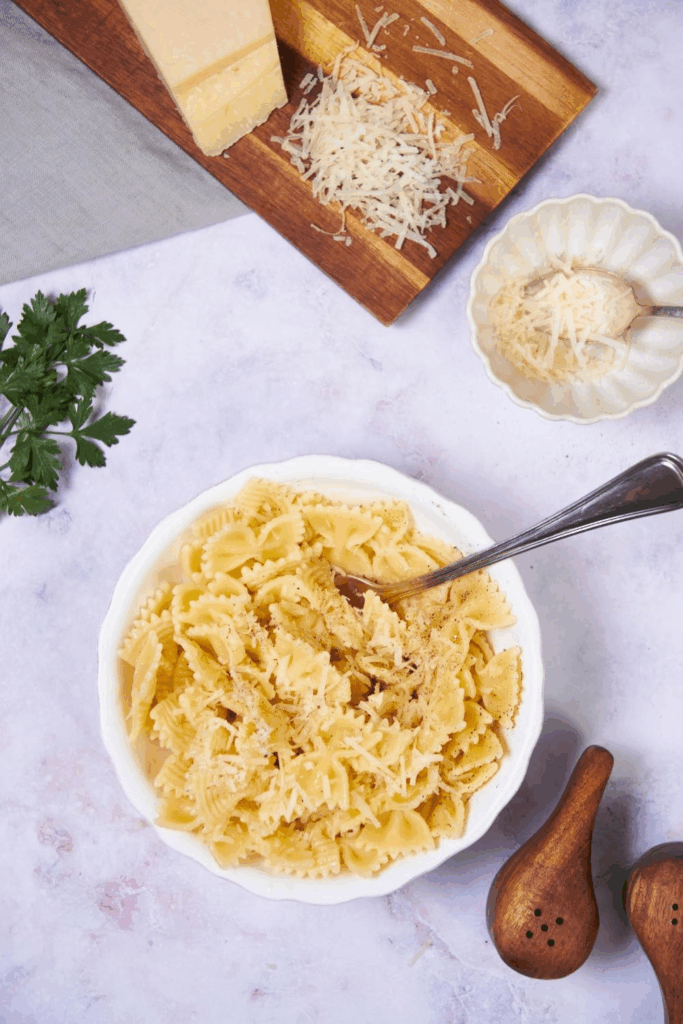
Time and Temperature Table for Microwave Pasta Cooking
To help students and home cooks, I built this table as a quick reference. It includes average times for common pasta types based on my kitchen tests using a 1000W microwave:
| Pasta Type | Serving Size (Dry) | Water (cups) | Microwave Power | Cook Time (min) | Stir Every |
| Elbow macaroni | ¾ cup | 1½ cups | High | 7–9 | 2 minutes |
| Penne | 1 cup | 2¼ cups | High | 9–11 | 2 minutes |
| Rotini | 1 cup | 2 cups | High | 8–10 | 2 minutes |
| Fresh pasta | 1 cup | 2 tbsp (moisten) | Medium | 1–2 | N/A |
| Reheating cooked | 1 cup | 1 tbsp liquid | Medium | 1–2 | Optional |
I always check doneness at least 1 minute before the earliest time. Pasta should feel slightly firm in the center and never sticky or mushy.
Cooking Pasta in Pressure Cooker, Skillet, and Oven
While the microwave is excellent for convenience, I switch methods depending on volume and goal. In a pressure cooker, pasta cooks quickly and evenly under sealed pressure. I use 4 minutes at high pressure with a quick release, stirring in sauce or cheese afterward.
The skillet method—cooking pasta directly in sauce or broth—gives incredible flavor absorption. I simmer pasta in a shallow pan with just enough liquid to cover, lid on, then reduce to finish. It’s ideal for dishes like cacio e pepe or garlic-butter noodles.
For the oven, I bake casseroles like mac and cheese or baked rigatoni. I precook pasta partially, mix it with sauce and cheese, and bake uncovered at 375°F for 20–25 minutes until bubbly. This gives great crust and full flavor integration.
Each method has its place. The microwave wins for speed and minimal tools, while the others offer control over flavor depth, texture, or batch size.

Common Microwave Pasta Mistakes and How to Prevent Them
Microwave pasta goes wrong when you forget that it’s a hydration and heat balance game. The most frequent mistake I see is not using enough water. Pasta expands significantly, and if there’s not enough water to surround it, you end up with hard edges and undercooked centers.
Overcooking is also common, especially with small shapes like orzo or ditalini. They go from al dente to mushy in under a minute. I always stop and test a bite 2 minutes early.
Another issue is foam-over. If your container is too shallow, starchy bubbles boil over and make a mess. I use deep bowls and stir halfway to collapse foam and release steam.
Lastly, forgetting salt is a flavor killer. Pasta needs salt during cooking—not after. In the microwave, I stir in ½ tsp of kosher salt per cup of water to season from the inside out.
Best Sauces for Microwave-Cooked Pasta
Microwave pasta benefits from sauces that are simple, cling well, and don’t require long reduction. One of my favorites is a quick butter-parmesan blend—just toss hot pasta with butter, grated parm, and black pepper. The residual heat melts everything into a creamy coating.
For tomato-based dishes, I warm jarred or homemade marinara separately for 30–60 seconds, then mix it into the pasta. The key is to add a splash of the pasta water to help emulsify and coat evenly. For cream sauces, I microwave milk, cream, or cheese with garlic in 15-second intervals, stirring between each to avoid curdling.
Pesto, tapenade, or oil-based sauces work especially well with microwave pasta. I add them after cooking to preserve freshness and brightness. The starch from the pasta helps create a silky texture with very little effort.
Ideal Seasonings and Flavor Boosters
When I season microwave-cooked pasta, I focus on building flavor efficiently with minimal ingredients. I always begin with kosher salt in the cooking water—this isn’t optional. Salt doesn’t just season; it enhances starch absorption and brings out the wheat flavor in the pasta. After cooking, I taste and layer in additional seasoning.
Freshly cracked black pepper adds warmth and complexity, and I often pair it with a small knob of butter or a drizzle of olive oil for richness. From there, I tailor the direction of the flavor: for spice, I add chili flakes, chili oil, or Aleppo pepper. For earthiness, smoked paprika or garlic powder brings subtle depth.
Herbs bring freshness and balance. If I’m working with something simple like buttered pasta, I finish with fresh chopped parsley, basil, or dill. When preparing tomato-based sauces, I layer in dried oregano or thyme while microwaving so the oils infuse the dish naturally.
And don’t forget about acidity. Just a few drops of lemon juice or balsamic vinegar can brighten a creamy or oily pasta dish. When done right, microwave pasta doesn’t need much to taste layered and intentional.
Creative Pasta Recipes Using Microwave Cooking
Some of my most reliable fast recipes have been developed around the microwave. One of my go-to comfort meals is mug mac and cheese. I cook elbow macaroni in water, stir in a splash of evaporated or whole milk, then add sharp cheddar and microwave again for 30 seconds. Stir until smooth—it’s rich, creamy, and endlessly customizable.
Another reliable option is a microwave carbonara. I cook the pasta, then immediately mix in a beaten egg, freshly grated parmesan, and crisped bacon. The residual heat cooks the egg into a silky sauce, and a bit of pasta water binds it all.
Asian-inspired bowls work incredibly well. I microwave spaghetti or rice noodles, rinse them briefly, then toss with soy sauce, sesame oil, chopped scallions, and chili paste. If I have leftover cooked vegetables or shredded chicken, I mix them in during the final heating burst.
Even pasta gratins are microwave-ready: I layer cooked pasta with marinara, spoonfuls of ricotta or mozzarella, then microwave until bubbling. I top with crushed crackers or breadcrumbs for texture and finish.
These recipes show that with a basic understanding of timing and balance, the microwave can be a genuine culinary tool—not a compromise.
Diet-Friendly Variations: Whole Wheat, Lentil, and Gluten-Free
I often develop recipes for specific dietary needs, and microwave pasta adapts surprisingly well. Whole wheat pasta is the most forgiving—it needs slightly more water and 1–2 extra minutes, but it holds structure well. I always let it rest covered for 1 minute post-microwaving to allow the fibers to finish softening.
Lentil, chickpea, or pea-based pasta cooks faster than traditional semolina pasta but produces more starch and foam. I use a deep bowl and stir at least twice. I’ve also found that medium power yields better consistency than full power, especially when reheating.
Gluten-free pasta, especially rice- or corn-based, is delicate. I sometimes soak it in hot water for 5–10 minutes before microwaving to minimize breakage. Otherwise, I cook in short bursts, avoid over-stirring, and finish with a touch of olive oil or soft cheese to restore cohesion and moisture.
The key with these alternative pastas is to adjust both time and method to fit their unique textures and structural behavior. They’re different—but just as rewarding when handled with care.
Microwave Pasta Meal Ideas for Every Time of Day
Pasta is far more versatile than most people realize, and the microwave turns it into an all-day staple. For breakfast or brunch, I create pasta bakes using scrambled eggs, cheese, and pre-roasted vegetables. I mix everything into ramekins, microwave until set and golden, and finish with herbs or grated cheese.
At lunch, I prepare cold or warm pasta salads. I mix cooked pasta with leftover rotisserie chicken, spinach or arugula, and vinaigrette or pesto. It’s balanced, portable, and doesn’t require reheating.
For dinner, I go heavier: penne with microwaved broccoli, canned white beans, garlic oil, and red pepper flakes is a go-to. Or rigatoni with ricotta, frozen peas, and a spoonful of marinara—a fast bowl with warmth and depth.
Often, I repurpose leftovers into new meals. I reheat pasta, then top it with a fried egg, sautéed kale, or even a dollop of hummus or labneh. It’s quick, hearty, and creatively satisfying.
How to Plate and Serve Microwave Pasta Like a Chef
Plating transforms microwave pasta from a quick meal to something that feels intentional. I begin by draining the pasta carefully, always leaving behind a spoonful of starchy cooking water to help the sauce bind. Then I twirl the pasta into a central mound using tongs or a fork to give the dish shape and visual structure.
If I’m working with red sauce, I always wipe the edges of the bowl or plate clean to avoid a messy look. I finish with a drizzle of olive oil, a shower of parmesan, fresh herbs, or lemon zest—depending on the sauce.
For creamy pastas, a crack of black pepper and microgreens adds contrast. Presentation is all about layering color, texture, and elevation, even in a simple meal.
I also choose the right container. Shallow, wide bowls allow pasta to spread without looking cramped, making garnish more effective. If prepping for later, I layer sauce at the bottom of the container and pasta on top—this protects texture during reheating.
In my experience, 30 seconds of plating effort is all it takes to elevate even a microwave meal into something worthy of attention.
FAQ: 15 Questions About Cooking Pasta in the Microwave — Answered by a Chef
Can I cook any type of pasta in the microwave?
From experience, I recommend using short pasta shapes like macaroni, penne, or rotini. They cook more evenly and don’t require cutting or stirring as often. Long noodles like spaghetti can work but need more care and a wide, shallow dish.
How do I prevent pasta from boiling over in the microwave?
I always use a deep bowl and leave at least 2 inches of space above the waterline. Stirring halfway through helps collapse the starchy foam. If I’m using a small container, I place a plate underneath just in case.
Should I salt the water like I do on the stovetop?
Absolutely. I’ve tested both salted and unsalted microwave pasta, and the flavor difference is clear. I use about ½ teaspoon of kosher salt per cup of water. It seasons the pasta from the inside out.
Can I cook pasta and sauce together in the microwave?
Yes—and I often do. I layer sauce on top of the water and pasta, then microwave normally. The starch in the water blends into the sauce, making it thick and clingy. It’s a one-dish solution that works well with creamy or tomato sauces.
How much water do I need to cook pasta in the microwave?
I generally use a 2:1 water-to-pasta ratio by volume. For 1 cup of dry pasta, I use 2 cups of water. It ensures full hydration and gives me a bit of starchy water at the end to bind sauce.
How do I know when pasta is done in the microwave?
I test it 1 minute before the minimum time—just like on the stove. The pasta should be tender but slightly firm in the center (al dente). If it’s chalky, I return it in 30-second intervals.
Can I make mac and cheese in the microwave without a stovetop?
Definitely. I cook macaroni in water until tender, then stir in milk and shredded cheese, microwave for another 30 seconds, and mix until smooth. It’s creamy and satisfying when done right.
What kind of bowl should I use?
I always go with a ceramic or tempered glass bowl that’s microwave-safe. It should be deep enough to prevent splatter but wide enough for even cooking. Avoid metal or plastic not labeled microwave-safe.
Do I need to cover the bowl while cooking pasta?
It depends. I usually don’t fully cover it, but I place a microwave-safe plate loosely over the top to trap steam and prevent splashes. A vented microwave lid also works well.
Why does my pasta come out dry or hard?
Usually it’s because the water evaporated before the pasta finished cooking. I always check water levels halfway through and top up if needed. Cooking too fast or using high power without intervals can also lead to dryness.
Can I store and reheat pasta cooked in the microwave?
Yes. I often cook a double portion, refrigerate the rest, and reheat with a splash of water or sauce the next day. I use 50–60% power for gentle reheating so it doesn’t overcook or dry out.
What’s the easiest pasta recipe for beginners using a microwave?
I always recommend a microwave mug mac and cheese: pasta, water, salt, then add milk and cheese at the end. No drain, no pan—just stir and enjoy. It’s hard to mess up and really satisfying.
Does microwave pasta taste as good as stovetop?
With good seasoning, the right cook time, and fresh sauce, absolutely. It’s not identical—but I’ve had versions from the microwave that rival stovetop results in texture and flavor. It’s about paying attention, not rushing.
Can I use the same method for gluten-free pasta?
I’ve tried it many times. It works, but you need to watch it closely—gluten-free pasta breaks down faster. I stir more frequently and cook on medium-high rather than full power.
What’s your personal favorite microwave pasta trick?
I love tossing cooked pasta with garlic butter, lemon zest, and chili flakes right in the bowl. The heat melts everything together, and in under 10 minutes I’ve got a dish that feels gourmet—with almost no cleanup.



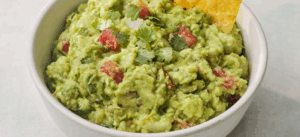
Post Comment